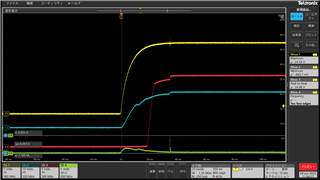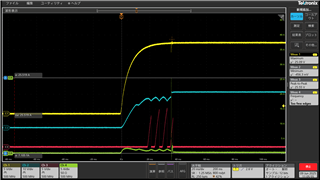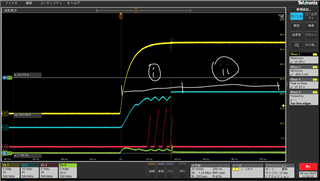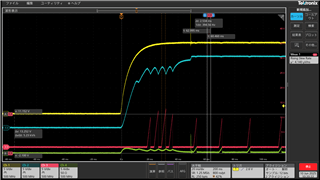Tool/software:
Hi team,
Good day! I need your help.
My TPS259807 circuit has a 4.4Ω limiting resistor on the 24V input side to protect against inrush current, and after 50ms a relay that bypasses the 4.4Ω turns on.
This current limit slows down the rise of the 24V input power supply, and ULVO occurs 3 or 4 times during startup.
After that, the relay turns on and the 24V input stabilizes, but the TPS259807 keeps restarting. (Retry is set to infinite)
The load of the TPS259807 is a 6Ω resistor for evaluation.
The dVdT capacitor is 750pF and the ILIM is 375Ω.
What causes this phenomenon?






